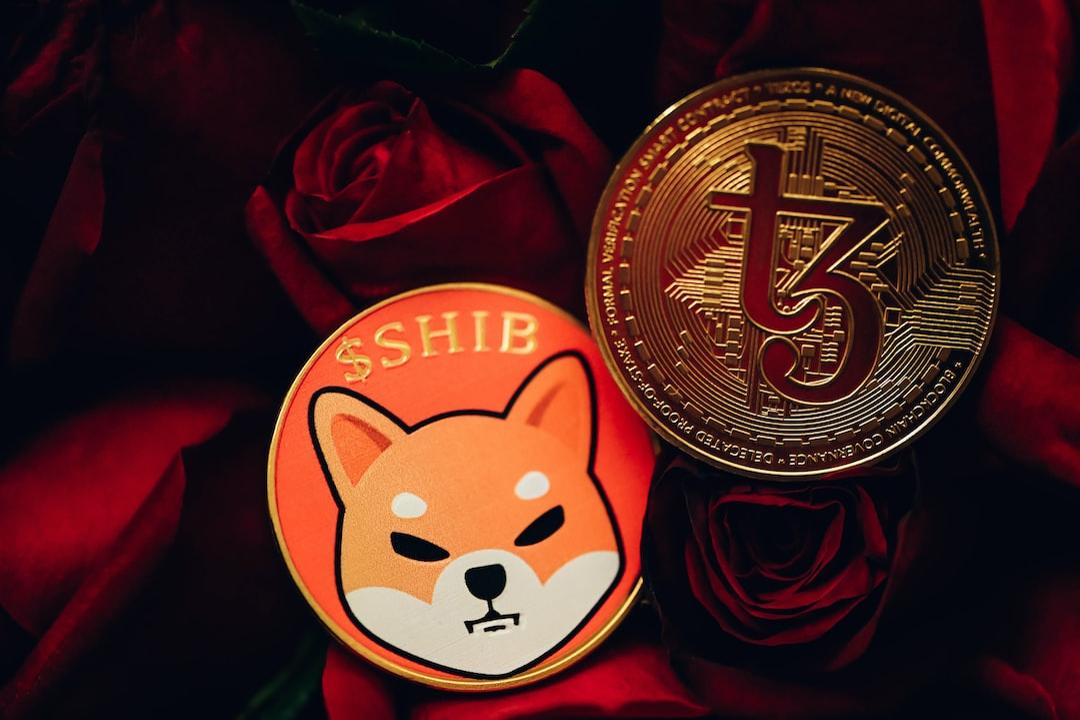SOL prices grew nearly 100% in the first quarter of this year, with revenues increasing by 200% compared to the previous quarter. Quarterly total revenue, calculated in USD, grew by 597%. What other information do the other data provide us? The following is sourced from a research report by Messari, compiled and translated by PANews.
Financial Analysis:
Solana’s daily average spot DEX trading volume increased by 319% to $1.5 billion. Solana has become a gathering place for retail traders and memecoin traders. Projects built on Solana raised $89.2 million in the first quarter, surpassing the total funding for the entire year of 2023 by $2.5 million. The launch of token extension packages provides token issuers with a configurable set of functionalities. Token extension packages have been adopted by stablecoin issuers including Paxos and GMO Trust, as well as native crypto projects such as Photo Finish LIVE and Wen. With the launch of developer store Anza and growth organization Colosseum, the Solana ecosystem has made significant progress in further decentralization. Despite experiencing the first outage in nearly a year due to an error in legacy loading programs, the Solana network remains stable. The upcoming scheduling program and network upgrades will reduce spam and improve user experience.
Network Analysis:
SOL market capitalization continues to be in a leading position in the market. It ranks fifth in market capitalization among all tokens, second only to BTC, ETH, USDT, and BNB. After reaching a peak of $77 billion in the previous cycle, SOL market capitalization reached a historical high of $86.4 billion in the first quarter of 2024, a 97% increase compared to the previous quarter. However, SOL is still about 25% away from its historical high of around $260.
Adoption:
Revenue increased by 200% when calculated in SOL. With the rise in SOL prices, the quarterly total revenue, calculated in USD, increased by 597% to $98.8 million. Solana achieved a new daily revenue high of approximately $4.9 million on March 18. Half of these fees are burned, while the other half is allocated to block producers. The burning of tokens reduced Solana’s quarterly annualized inflation rate from 5.5% to 5.2%. The SOL issuance rate will decrease at a rate of 15% per year until it reaches 1.5%.
Security and Decentralization:
Network activity measured by non-voting transactions and fee-paying transactions continued to rise in the first quarter. The daily average number of fee-paying users increased by 214% to 597,000, reaching a peak of over 2 million on March 17. The growth in address count was mainly driven by memecoin trading. The daily average non-voting transaction volume increased by 71% to 70 million transactions. However, 62% of non-voting transactions failed, an increase of 10% compared to the previous quarter. The majority of failed transactions came from arbitrage bots or user transactions on DEXs.
Efficiency, Upgrades, and Roadmap:
New fee-paying users also showed a similar growth trend, reaching a high point of approximately 1.2 million on March 17. The average daily growth rate of new fee-paying users increased by 266% to 115,000. The retention rate of new fee-paying users was also high, with a monthly retention rate of over 30% for the group of new fee-paying users from December 2023 to February 2024. The average retention rate from January 2023 to November 2023 was 18%.
Ecological Analysis:
SOL staking rate decreased for the second consecutive quarter, with a 7% decrease compared to the previous quarter. The decrease was mainly due to the cancellation of staking by FTX Estate upon token unlocking. However, with the increase in SOL prices, the total staked amount, calculated in USD, increased by 71% to $70 billion, ranking second among all networks, second only to Ethereum.
DeFi:
Solana’s DeFi Total Value Locked (TVL) increased by 232% to $4.9 billion, ranking fourth among all networks. The lending and yield protocol Kamino jumped to the top of the TVL rankings. Its lending protocol achieved a TVL of nearly $1.3 billion at the end of the quarter, an increase of 811% compared to the previous quarter.
Liquidity Staking:
SOL liquidity staking rate increased by 27% to 5.5%. The liquidity staking protocol Jito has been leading in terms of growth. Jito’s TVL increased by 47% to 9.4 million SOL, overtaking Marinade and ranking first in TVL. At the end of the quarter, Jito’s market share in the liquidity staking market was close to 50%. Marinade Liquid’s TVL decreased by 9% to 6.4 million SOL, while Blaze’s TVL increased by 38%.
NFT:
Daily average NFT trading volume increased by 57% to $7.6 million. Tensor’s market share increased by 9% to 71%. Magic Eden’s market share continued to decline, decreasing by 18% to 25%.
Financing:
After a prolonged bear market, Solana’s ecosystem financing is rebounding. Projects built on Solana raised a total of $89.2 million in several funding rounds in the first quarter. Along with the fourth quarter of 2023, a total of 25 projects raised $146.3 million, compared to $9.6 million raised by 7 projects in the previous two quarters.
In summary, Solana continues to grow after a strong performance in 2023. It has become a major gathering place for retail traders and memecoin traders. Solana’s daily average spot DEX trading volume increased by 319% to $1.5 billion. Solana has also made significant progress in supporting institutions, launching token extension packages to provide token issuers with configurable functionalities. However, increased network activity has led to congestion issues, which are being addressed in upcoming network, scheduling, and fee market upgrades. Investments in Solana projects are heating up after a prolonged bear market. Projects built on Solana raised $89.2 million in the first quarter, surpassing the total funding for the entire year of 2023 by $2.5 million. The Solana ecosystem has also become more decentralized with the establishment of the developer store Anza and the growth organization Colosseum.


